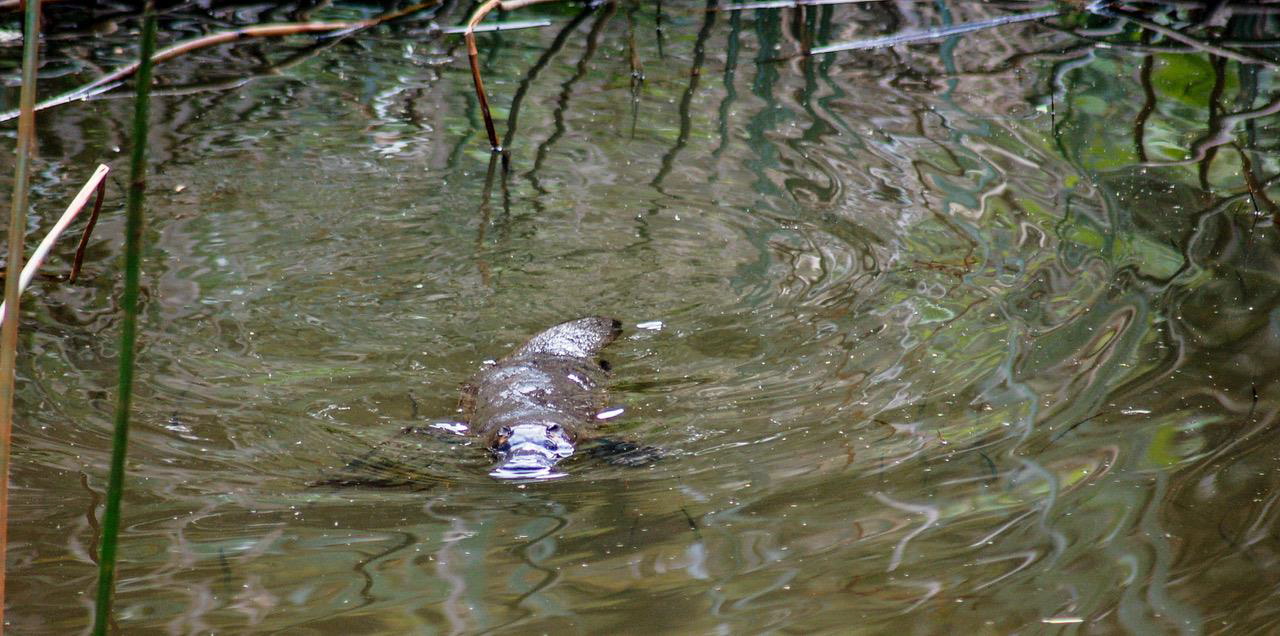New homes for our gliders

Jo and volunteers spent Saturday putting up 9 new nest boxes for Squirrel Gliders at the Ian Geddes Reserve. Local, John Neame, kindly volunteered his time and machine which made the job a lot easier. Thanks, John!
With short notice, Tumbarumba Mens Shed kindly whipped up and donated 6 wooden box homes to install at the Reserve. Thank you to all and let's hope the gliders move in quickly before the wild winter weather.
The Ten Mile, Mountain and Billabong creek have good vegetation corridors of Redgum which are used like a highway for wildlife. Gliders, possums and bats use them, and there is even a Barking Owl heard regularly around town. Refreshing Rivers is helping to protect the health of these corridors by removing woody weeds, as well as improving instream health within the Upper Billabong catchment.
Squirrel and Sugar Gliders are small possums which spend their life in the tree tops. They have special membranes between their front and rear legs which allow them to glide up to 50 metres from tree to tree. These gliders mostly feed on insects and nectar. In Winter they also use their strong teeth to cut into the bark of bloodwoods and wattle trees exposing the sweet sap which they eat. Family groups will visit the same trees each night and maintain these sap lines until better food becomes available.
These boxes have been specially made for Squirrel Gliders in mind, which have particular box specifications to suit their needs. The entry hole at the front of the box is bored at a width of 40 mm, making it just big enough for a Squirrel Glider to squeeze in, with plenty of room for a Sugar Glider. Gliders typically live in small family groups of 2 to 10 in tree hollows. They need a relatively large nest box so they can all fit in together but with a small entrance hole to protect them against the larger cockatoos and Brushtail Possums taking over their boxes. Sugar Gliders are found in small numbers in most bushland areas. The related Squirrel Glider is a slightly larger glider generally found in more open bushland and is a threatened species.
Local Land Services have developed a guide on how to Build Your Own Wildlife Nest Boxes, which was developed to encourage community to build boxes for the species which most need it and ensure quality construction which will provide homes for wildlife for years to come.


.jpg)








